How to Grow Your Own Sweet Summer Crops
http://decor-ideas.org 05/04/2014 04:02 Decor Ideas
Summer is the height of gardening season. Farmer's markets and roadside stands are filled with fresh produce, while home gardens are at the peak of production. It’s a time when eating fresh and healthy is easy and enticing.
To reach this stage, you need to start early — in late winter and early spring. That’s the time to plan for those important first steps that need to be done before you even think about planting your first seeds.
Related Houzz guides: How to grow the top summer crops, plant by plant
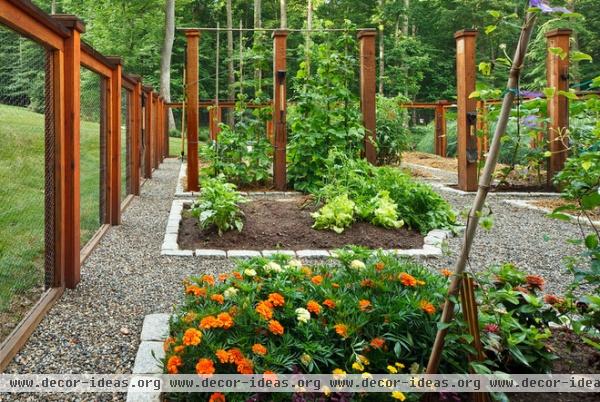
Get started. Snow may be covering your yard, or rain may be keeping you inside, but you can still get a jump on starting your summer garden by deciding what you want to grow and, possibly more important, where in your yard you want to grow it.
Winter or early spring is also a good time to map out a garden design and figure out your timeline for preparing the garden beds and doing the all-important planting.
How to grow the top crops of summer
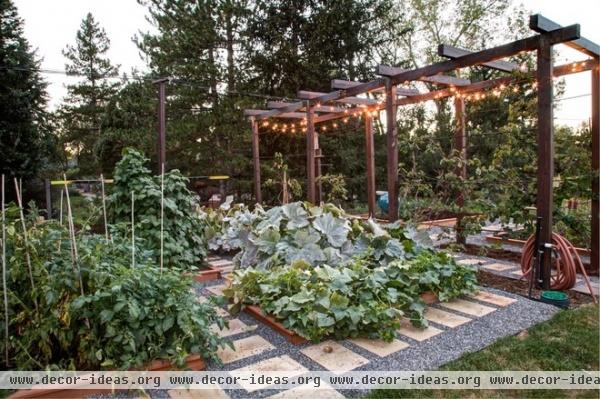
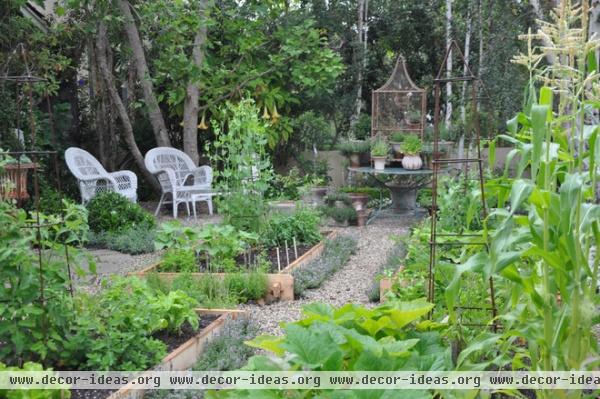
Choose a spot. Almost all summer crops require long, sunny days. Think about the sun patterns throughout your garden. You may need to rearrange existing plantings or even redesign hardscaped areas to get your edibles in the best spot.

Don’t be afraid to think outside the traditional garden patch in the backyard, and don't think you need to limit all of your edibles to only one area. If your sun-drenched spots are in existing ornamental beds, tuck your vegetables and berries in among the flowering plants and shrubs, whether they're in your backyard or front garden.
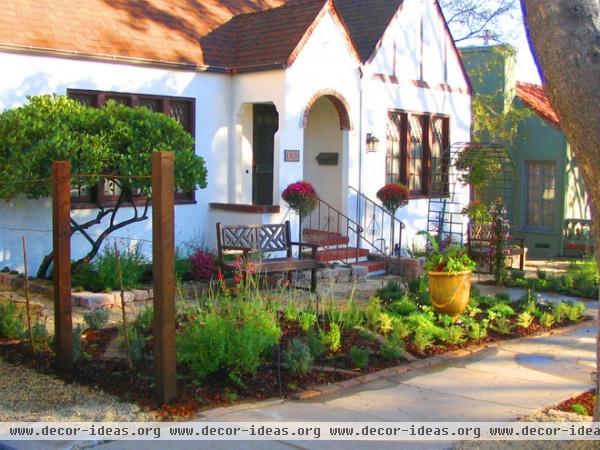
A bonus is that the flowering plants will help attract beneficial insects, and the ripening fruit will provide an unexpected burst of color among the other plants.
More on mixing flowers and vegetables
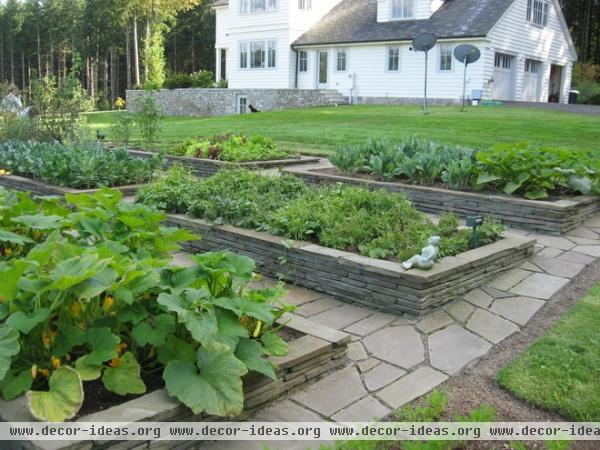
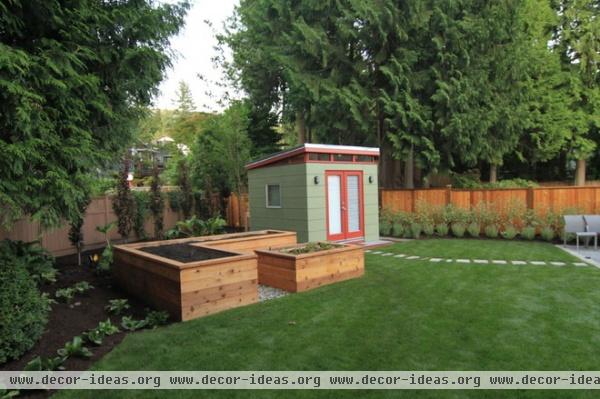
Consider adding raised beds. Many edibles are low-to-the-ground plants. That’s fine for a farm, but designwise it can be a bit boring for a home landscape. Raised beds add some design interest to a space and make it easier to care for the plants and pick the vegetables and fruit. They can also keep some of the more aggressive growers from taking over the rest of the yard.
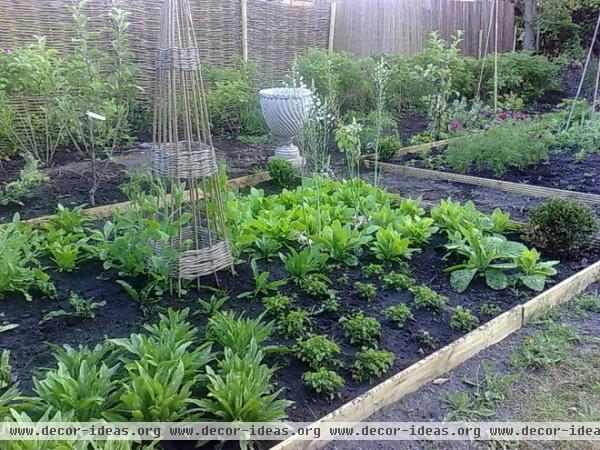
Determine when to start planting. Just as with cool-season crops, frost dates are important. For almost all summer edibles, sowing seeds or setting out transplants isn’t recommended until at least a week after the last expected frost.
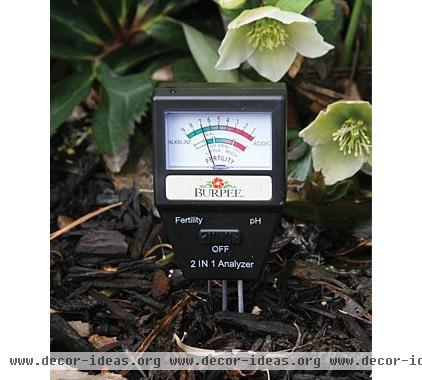
Electronic Soil Tester - $18.75 Prepare the soil. For best results, start two to three weeks before you plan to plant. A good first step is to test the soil's pH levels wherever you plan to plant. Most edibles prefer a pH level that is neutral to slightly acidic, so you will need to amend alkaline soils.
You can send the soil to a lab, but testing kits like the one shown here are readily available at nurseries, home centers and garden supply stores.
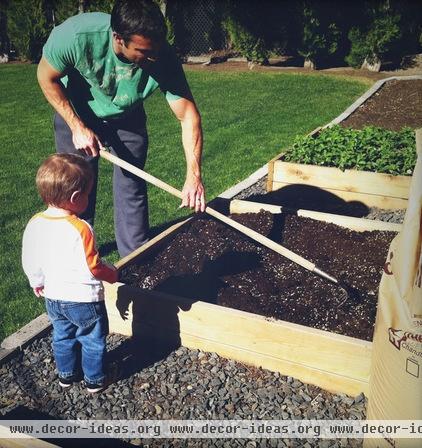
Once you've determined the garden location and pH levels, work amendments into the soil. For a new garden bed, first use a spading fork or rototiller to loosen the soil to about 10 inches deep; this step isn’t necessary for an existing bed.
In both new and existing beds, spread organic soil amendments, such as compost or manure, over the existing soil to a depth of 3 to 4 inches. Add in a complete fertilizer and any amendments needed to correct the pH level.
See how to build this raised bed garden
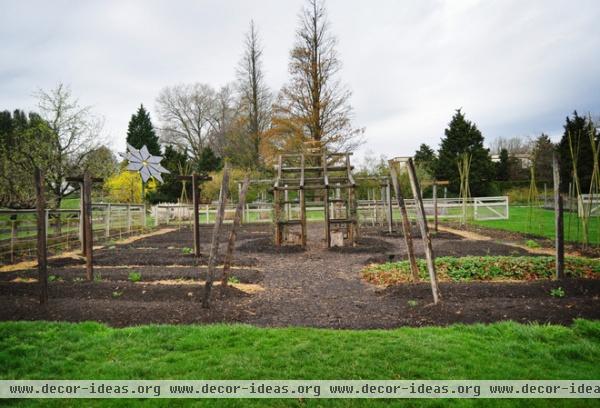
Incorporate the amendments into the soil with a spading fork or rototiller. Level the bed, then water well.
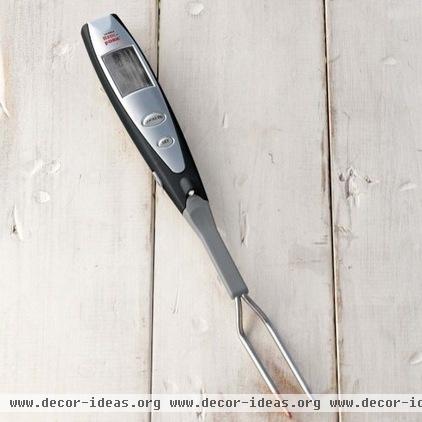
Thermometer Fork - $23.96 Take the final steps. Even though daytime temperatures may be warm, check to see if your soil is also heating up for summer. If your soil isn’t warm enough, many seeds may either rot or simply not sprout, and transplants will languish. Most seed packets or plant descriptions will give you the minimum soil temperature needed for seed germination.
If you want to speed up the warming process, consider using plastic mulch. Black plastic has long been the standard choice, but a range of colored plastic mulches are now available, including clear plastic. Many tomato growers swear by red plastic mulch to increase yields.
Note: Don’t use organic mulches too early in the season; they keep the soil cool rather than warming it up.
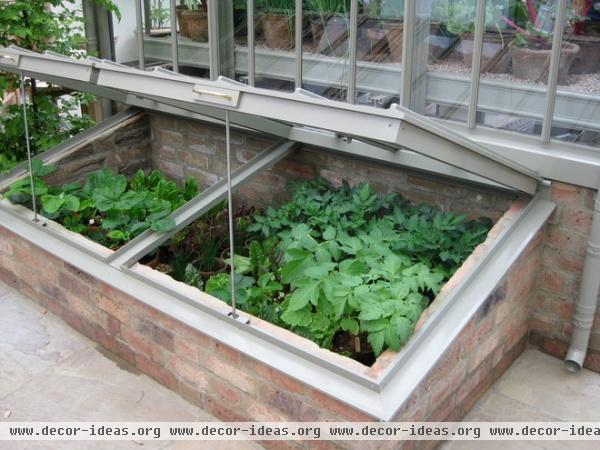
Start seeds early. Sowing directly in the garden works well for most crops, but if your growing season is short, you may want to start seeds indoors or in cold frames before you transplant .
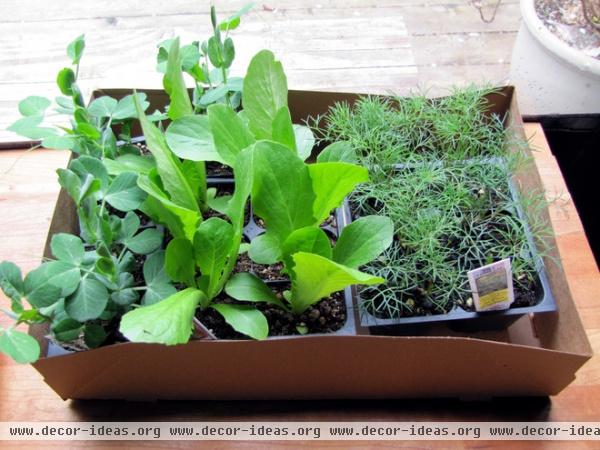
If seed starting isn’t your thing, or if you need only one or two of each edible, it might be better to wait and get transplants from a reliable nursery or garden center. Some edibles, such as many strawberries, are sold only as plants.
Look for plants with sturdy stems and good growth. Blossoms aren’t necessary; seedlings without them will generally do better as transplants, as they are still putting their energy into growth rather than fruiting.
How to grow strawberries
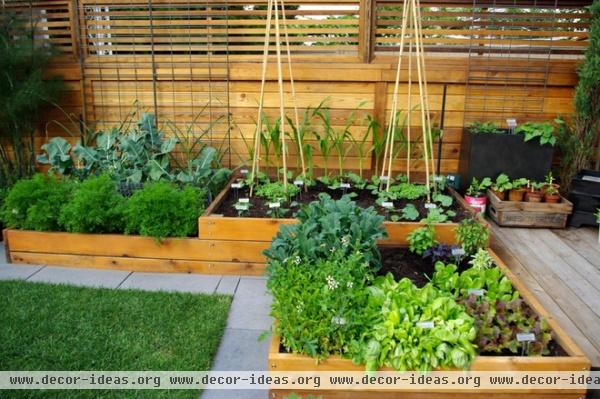
Keep it in bounds. If you’re a beginning gardener, start small with your favorites. You won’t be overwhelmed by either the care or the harvest.
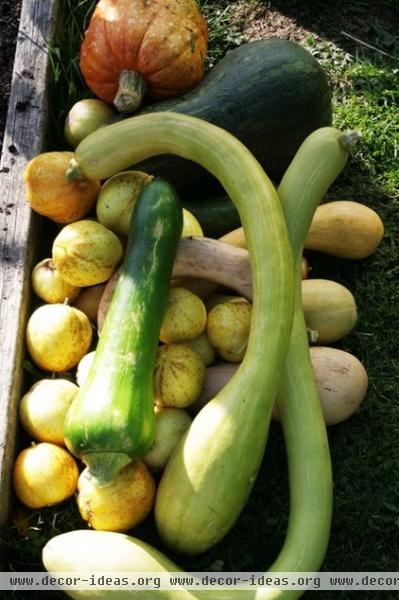
If you’re more experienced, you face a dilemma each year. You want to grow your favorites, but then there are all those other options out there, both in new varieties and unusual offerings. How difficult will it be to add just a couple more plants?
About midsummer, when the squash is threatening to take over the garden, you’ve made enough jam to feed an army, and you’ve run out of people willing to take your fresh vegetable offerings, you realize that you may have overdone it.
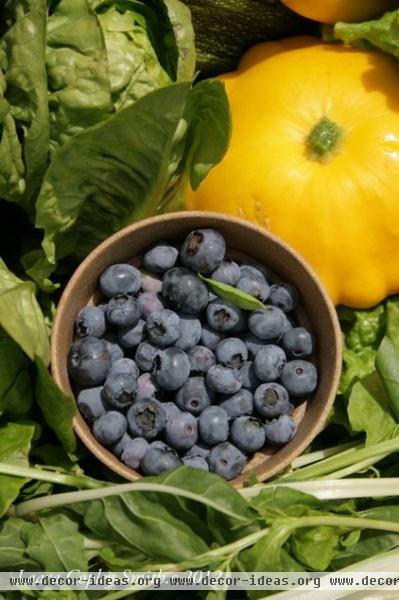
Obviously, you need to consider either cutting back for the next year or finding many more friends. In the meantime, if starting a personal food stand in front of your house isn’t working for you, food banks are often looking for fresh vegetables and fruits. Look into the Plant a Row for the Hungry program in your community as well.
Do you grow your own veggies? We'd love to see your backyard (or front-yard) garden!
More guides to growing the top summer crops
Related Articles Recommended












